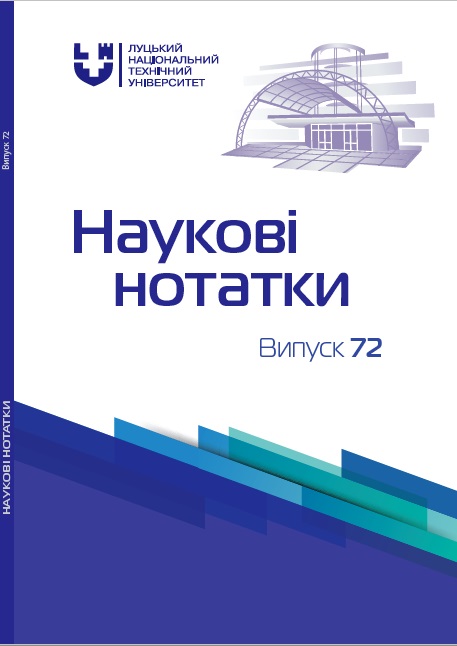EFFECT OF PARTICLE SIZE ON THE REDUCTION AND SINTERING OF FE POWDERS
Abstract
In the article, the reduction of carbonyl (R10) and water-sprayed (PZhR3) industrial iron powders with an average particle size of 5 µm and 100 µm, respectively, have been investigated by the X-ray method. The phase composition, residual stresses and CSR size have been studied for loose (bulk), pressed and sintered powders. The necessity of two stages of reduction of iron oxide powders with exposure in low-temperature (400 °C-450 ° C) and high-temperature (880 ° C-910 ° C) regions is shown. Due to their complex surface morphology, the recovery of powders sprayed with water occurs in several stages with the formation of intermediate oxide phases, controlled by diffusion processes, and completed at an elevated temperature (~ 900 ° C). The effect of residual stresses on the completeness of the powder recovery process has been established. The recovery process of bimodal compositions with different size ratios P10 and PZhR3 of powder particles have been investigated. The lowest residual stresses and high values of CSR were obtained in alloys with 50/50 R10 and PZhR3.





